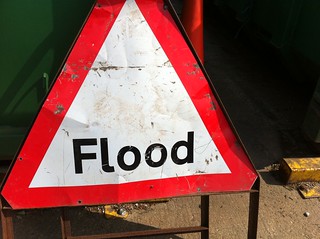Business continuity vs disaster recovery planning
When making contingency plans for your company, you will often be faced with the two following terms, business continuity planning (BC(P)) and disaster recovery planning (DR(P)). Sometimes they are connected together to form business continuity and disaster recovery planning BCDR.
But what do these terms mean and do you need them both or just one of them? To find out, let’s take a look at what these things are and what they mean to your business.
Business continuity planning BCP
The best way to think of business continuity planning is like this. If we lost this building tomorrow, how would we continue trading? For example: if your business premises are at risk of flooding, what plans do you have in place for relocation? If you have a plan for this, you have a business continuity plan.
A business continuity plan should give a clear plan of action to re-establish services in the event of loss. There are a lot of IT solutions that can help you with BCP, including cloud computing, which helps protect valuable data from fire and flood damage, while making it easier to relocate without having to transfer data or rebuild servers.
Disaster recovery planning DRP
A disaster recovery plan, however, is a much more focused document – it should give a plan of action to rebuild lost services. Disaster recovery plans are NOT just associated with IT but this is where they are often found.
A good DR plan should identify key business processes, critical suppliers and vendors as well as the staff expected to carry out the recovery. Ideally, you should also test your DR plan every six months to make sure that you have the required skills and materials required.
So which one do you need for your business?
Ideally, you should have both a disaster recovery (DRP) plan and a business continuity plan (BCP) in place for your business. The detail of these plans will depend on your personal circumstances. For example: if your business is located in an area at high risk of flooding, you should have a very detailed business continuity plan in place, which includes possible sites for relocation as well as ensuring your servers and critical data are hosted securely in the cloud.
What you must never do, is bury your head in the sand and think “it will never happen to me”. Two out of every five businesses struck by a disaster fail to recover, and of those that survive, another third will go out of business within 18 months. You need to have a comprehensive BCDR in place to stand any chance of survival. Contact us today for more advice on how to make sure of this.

